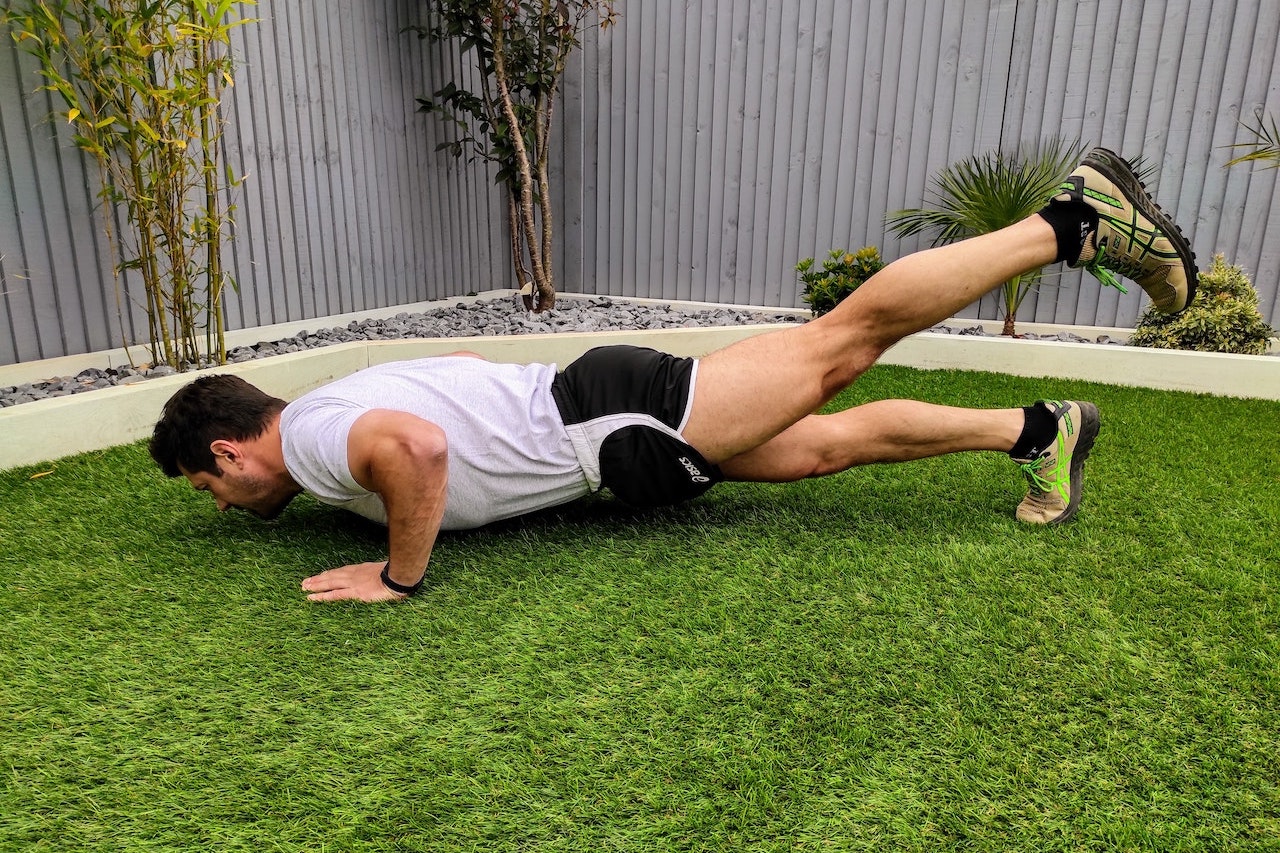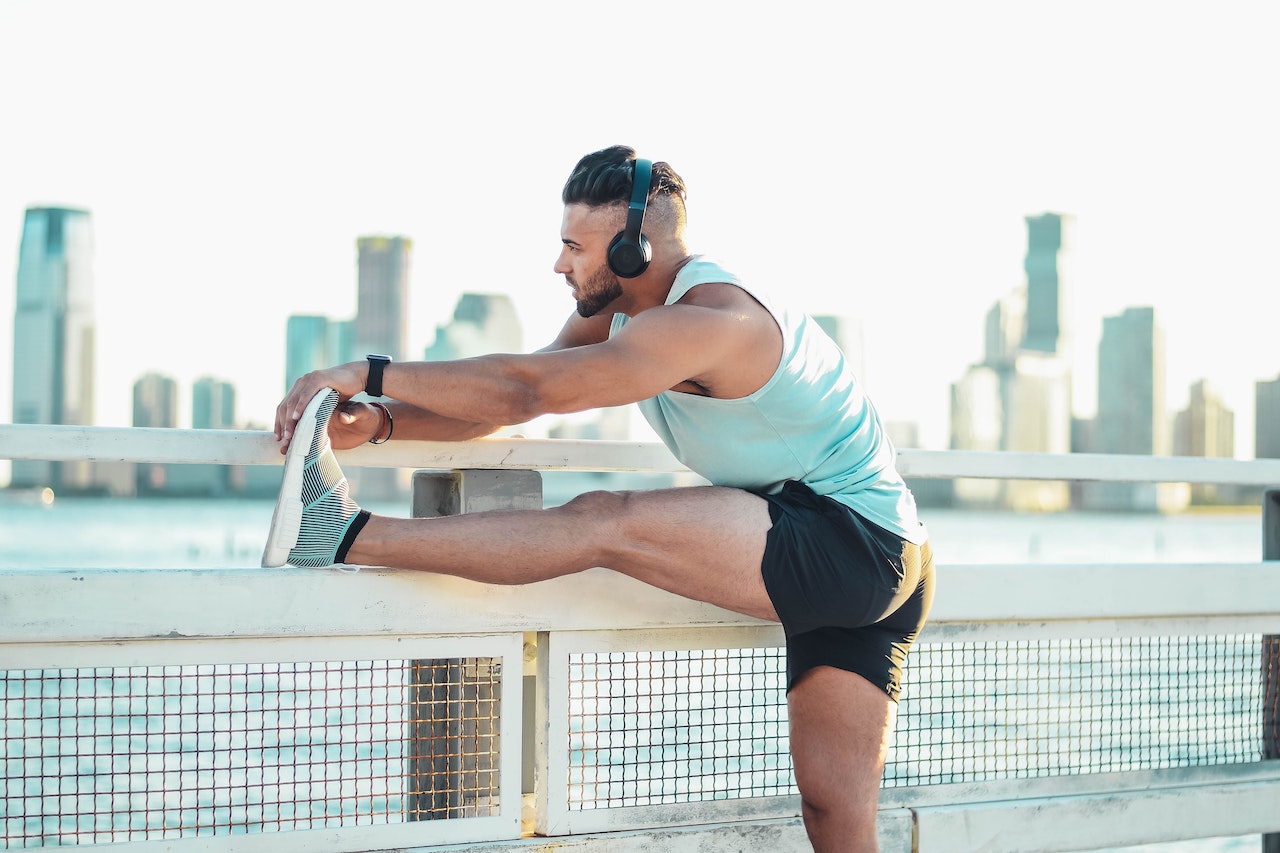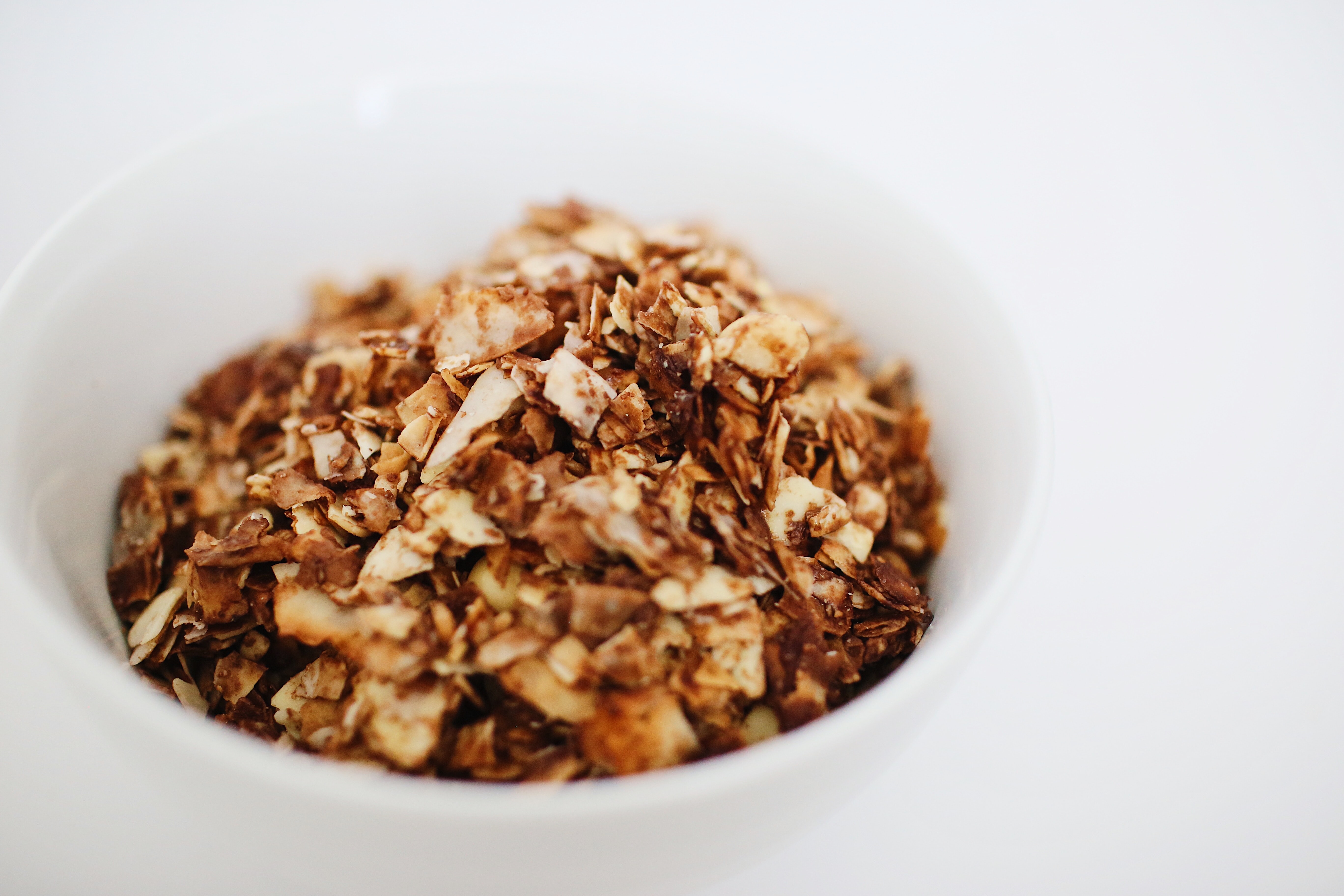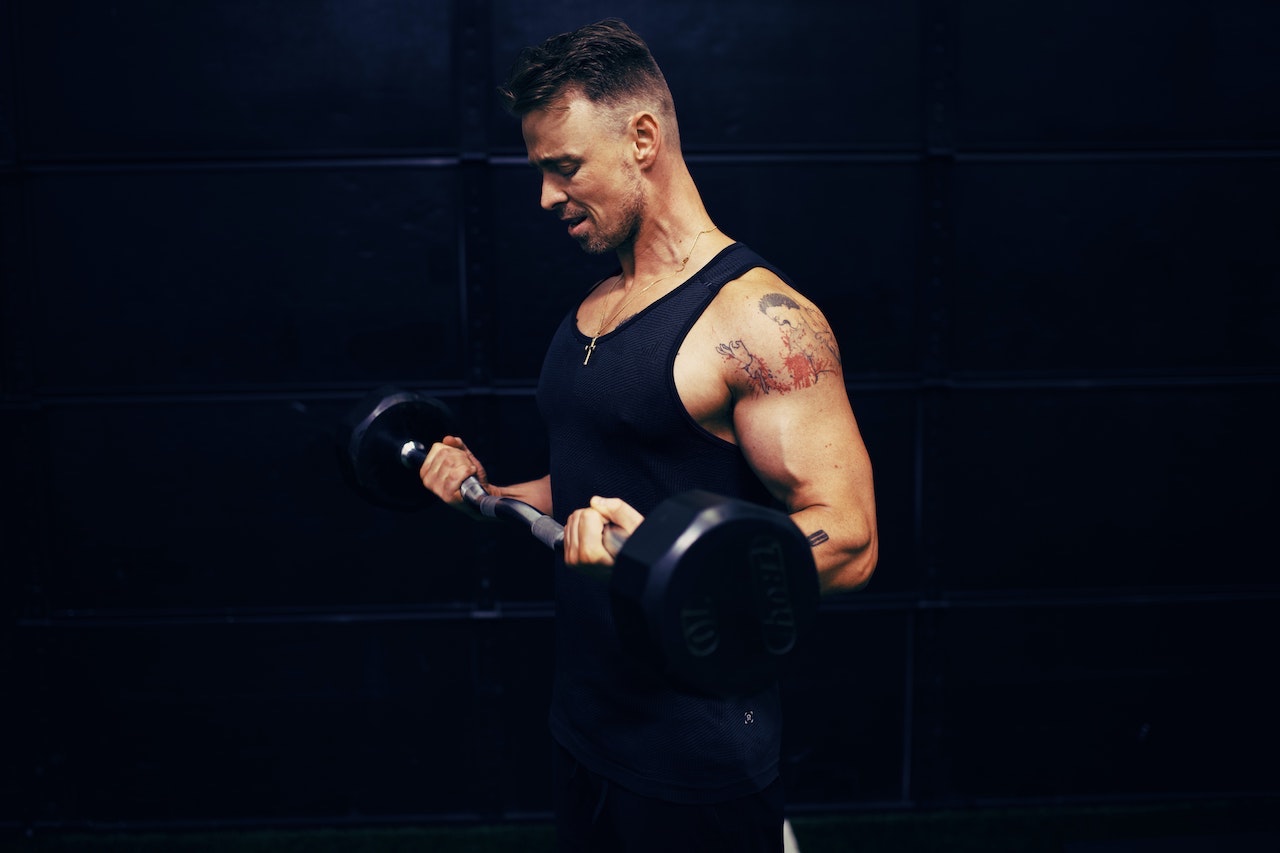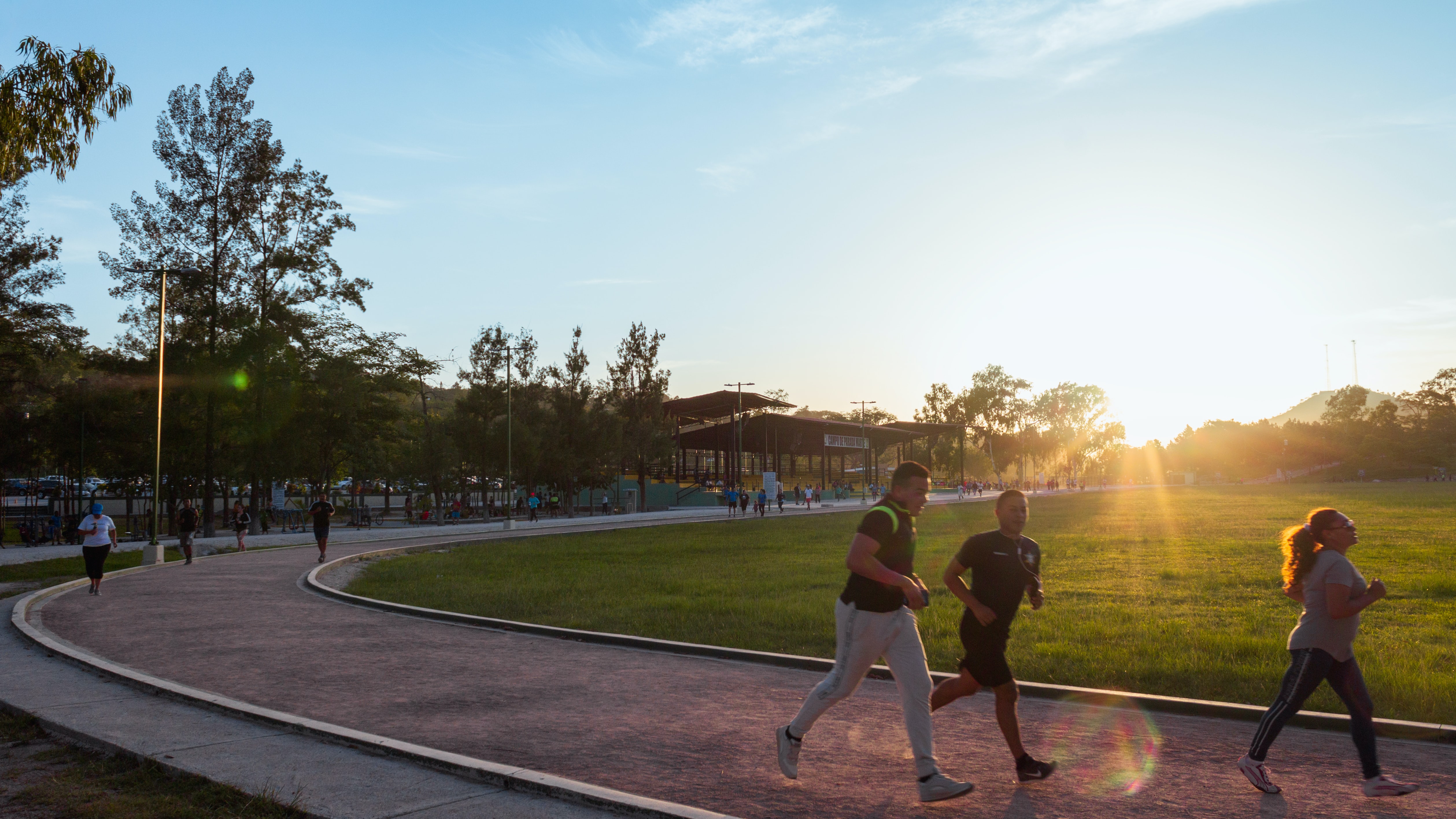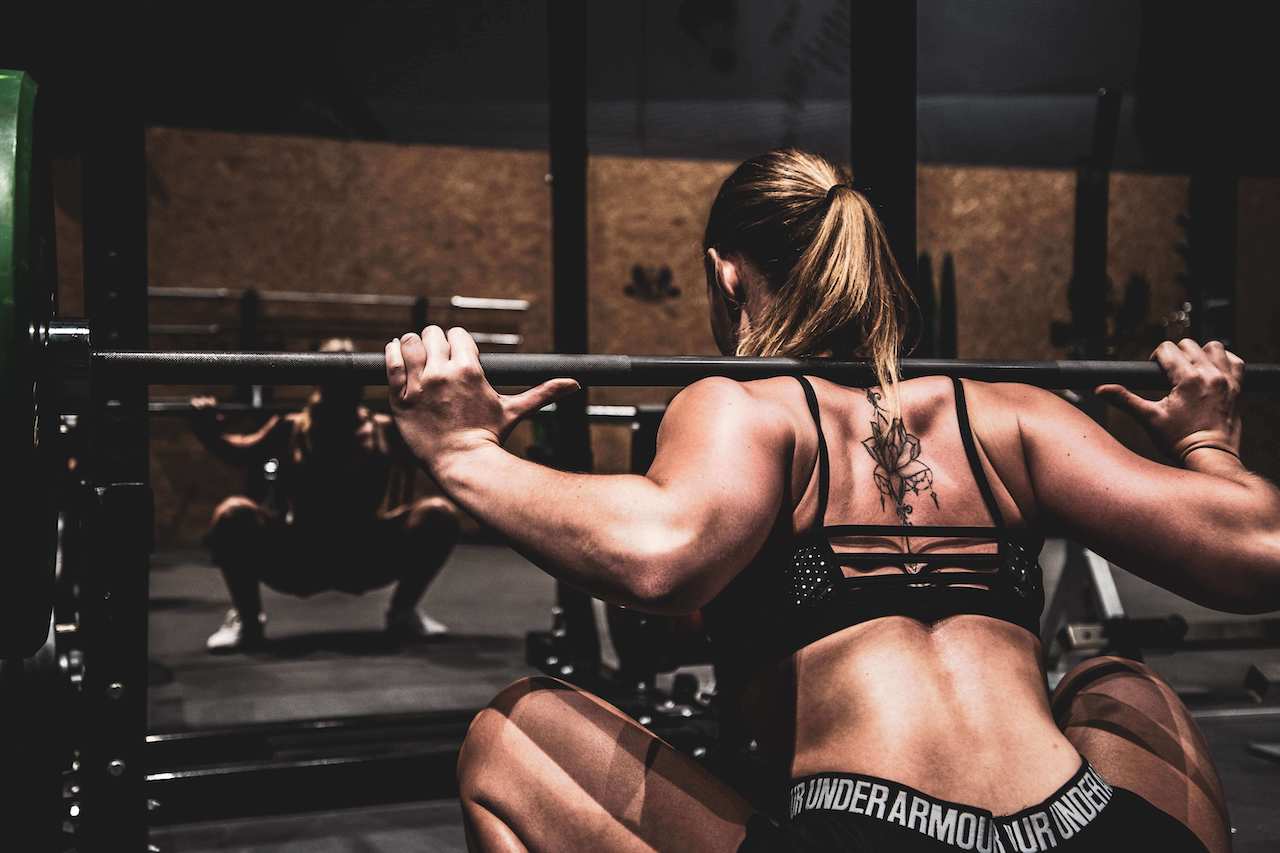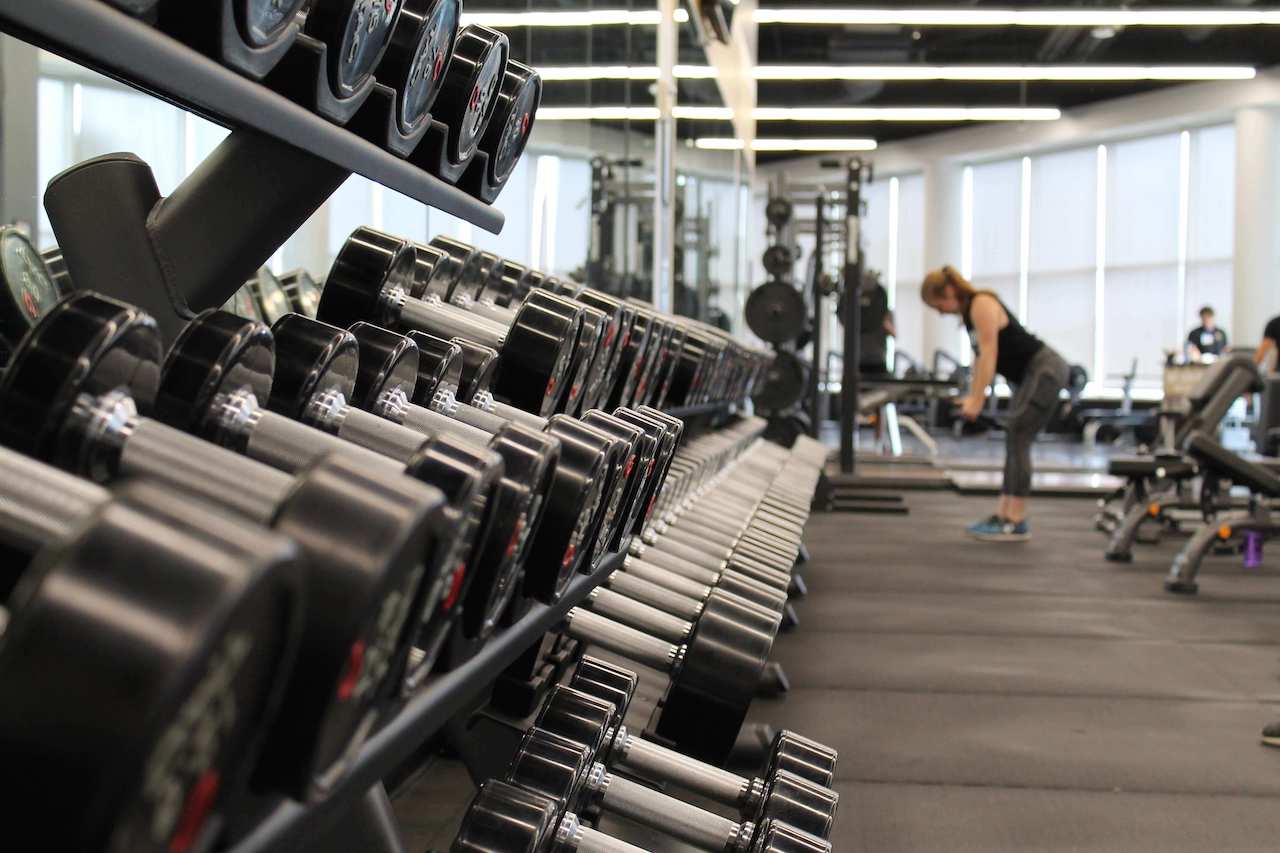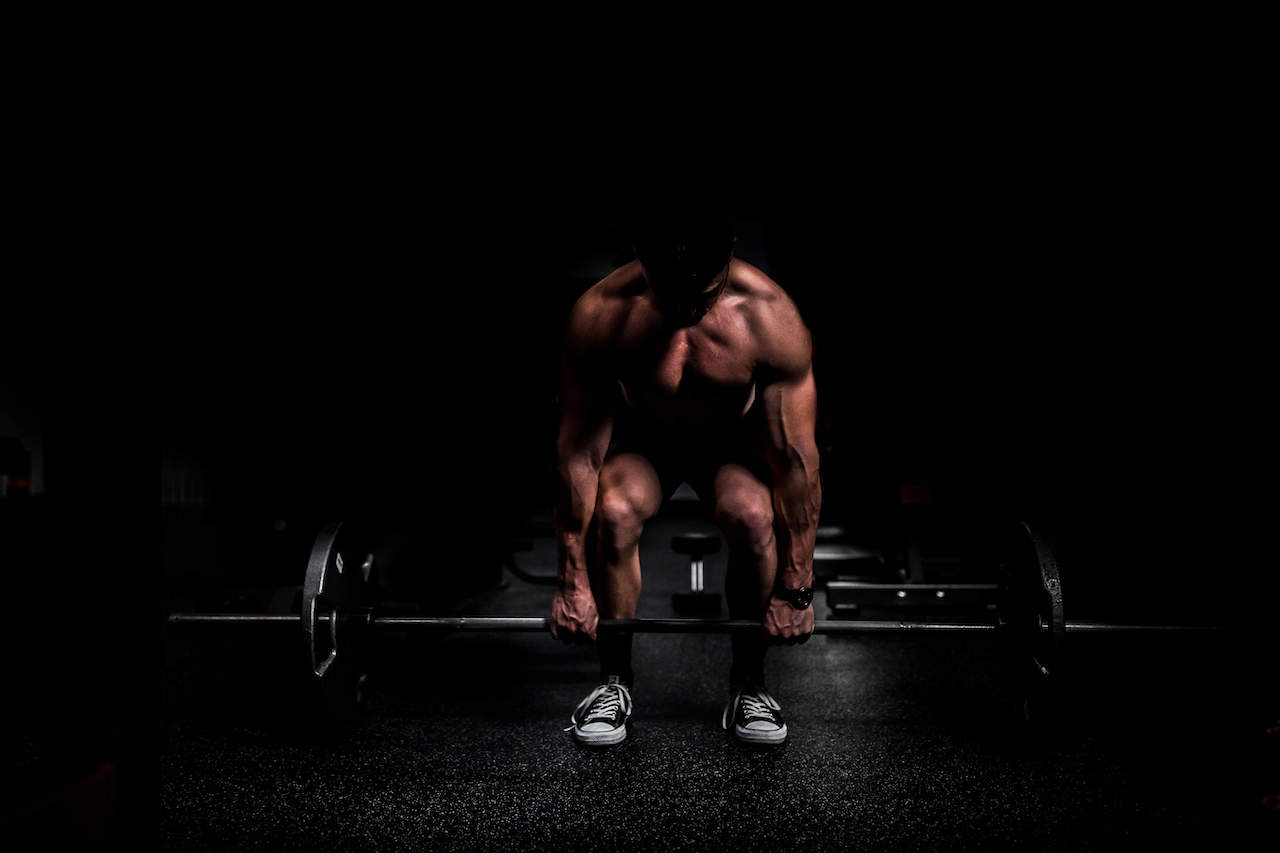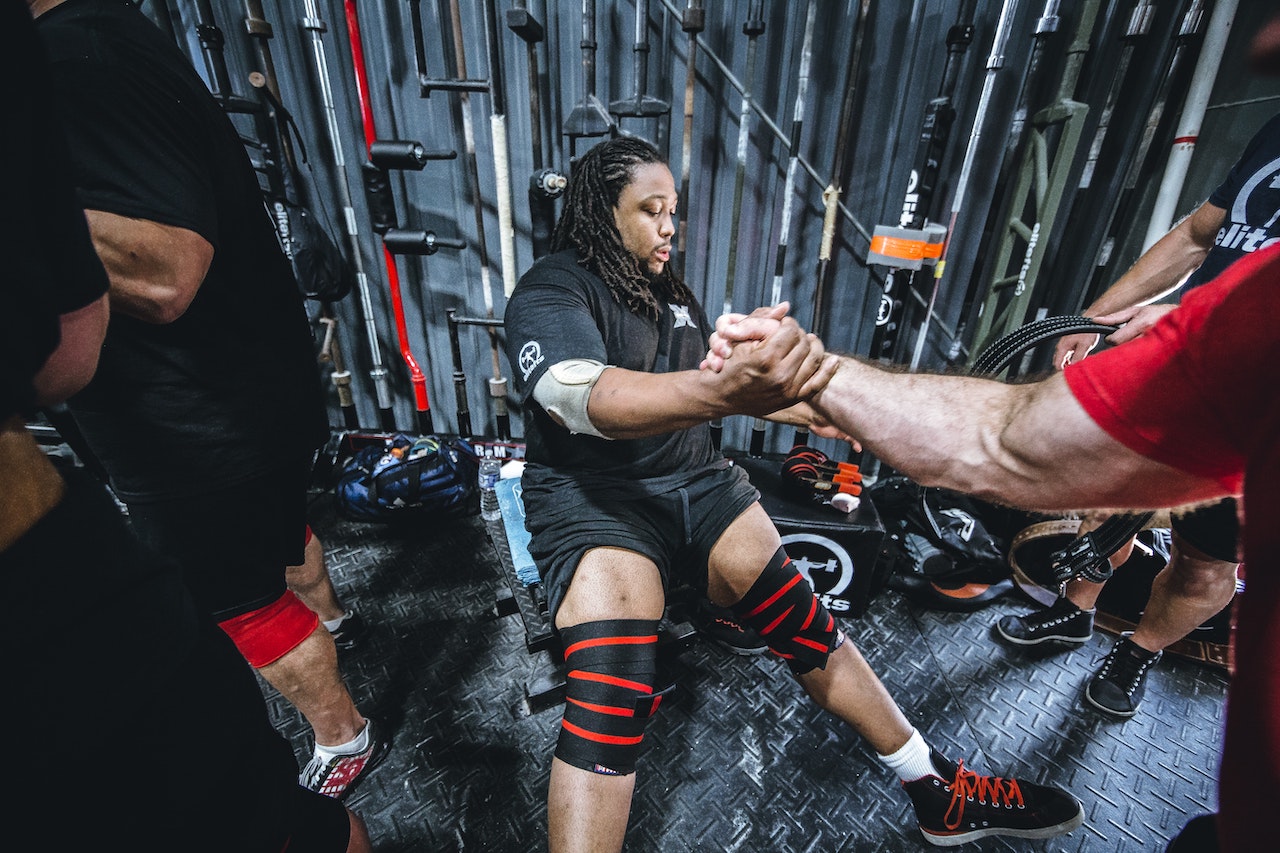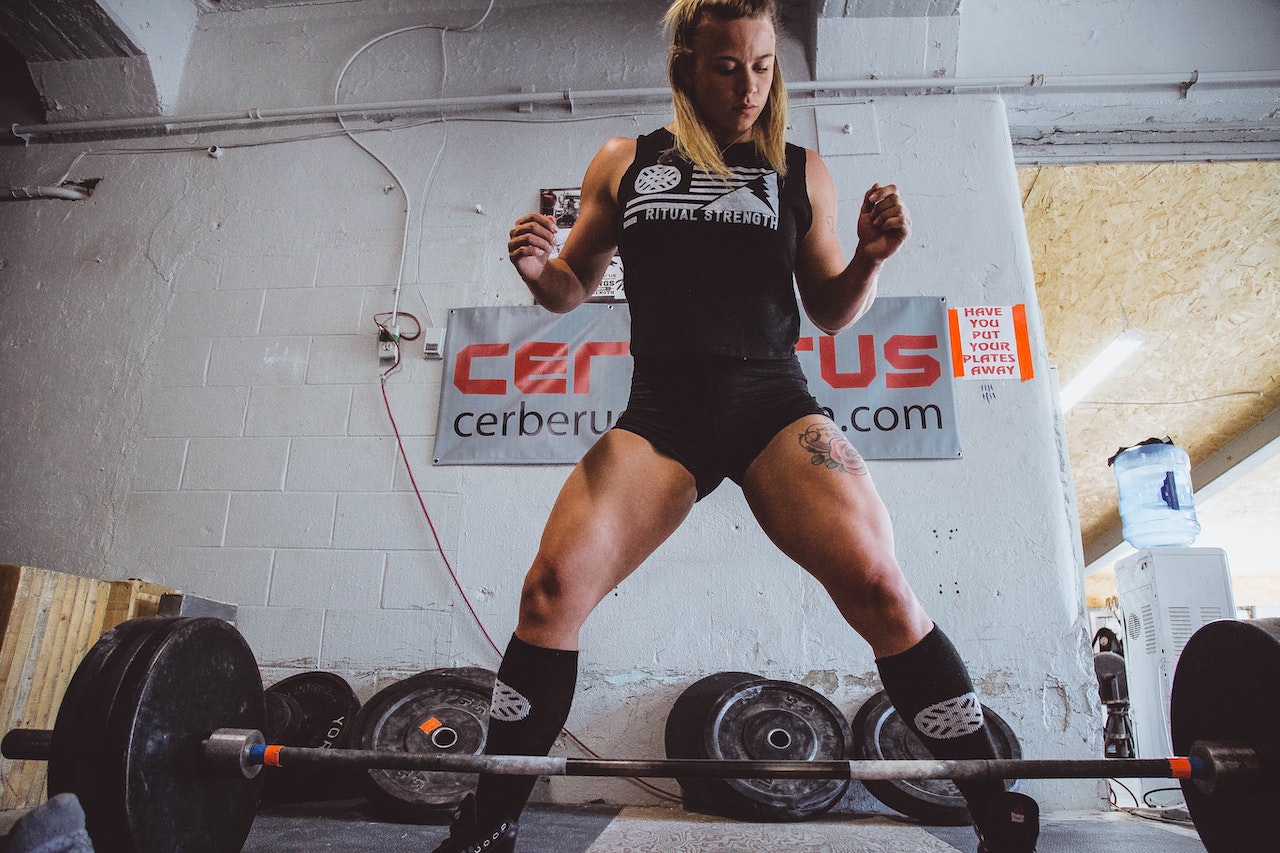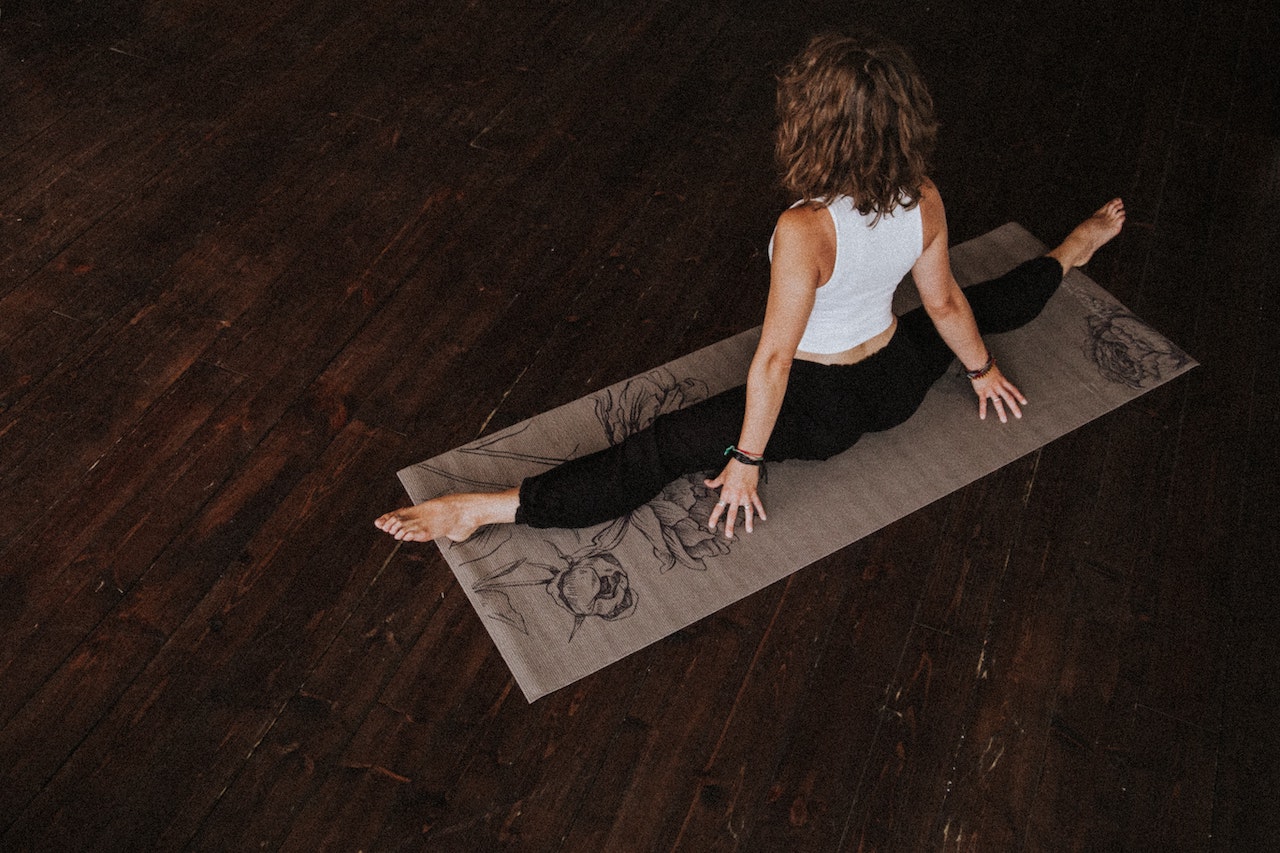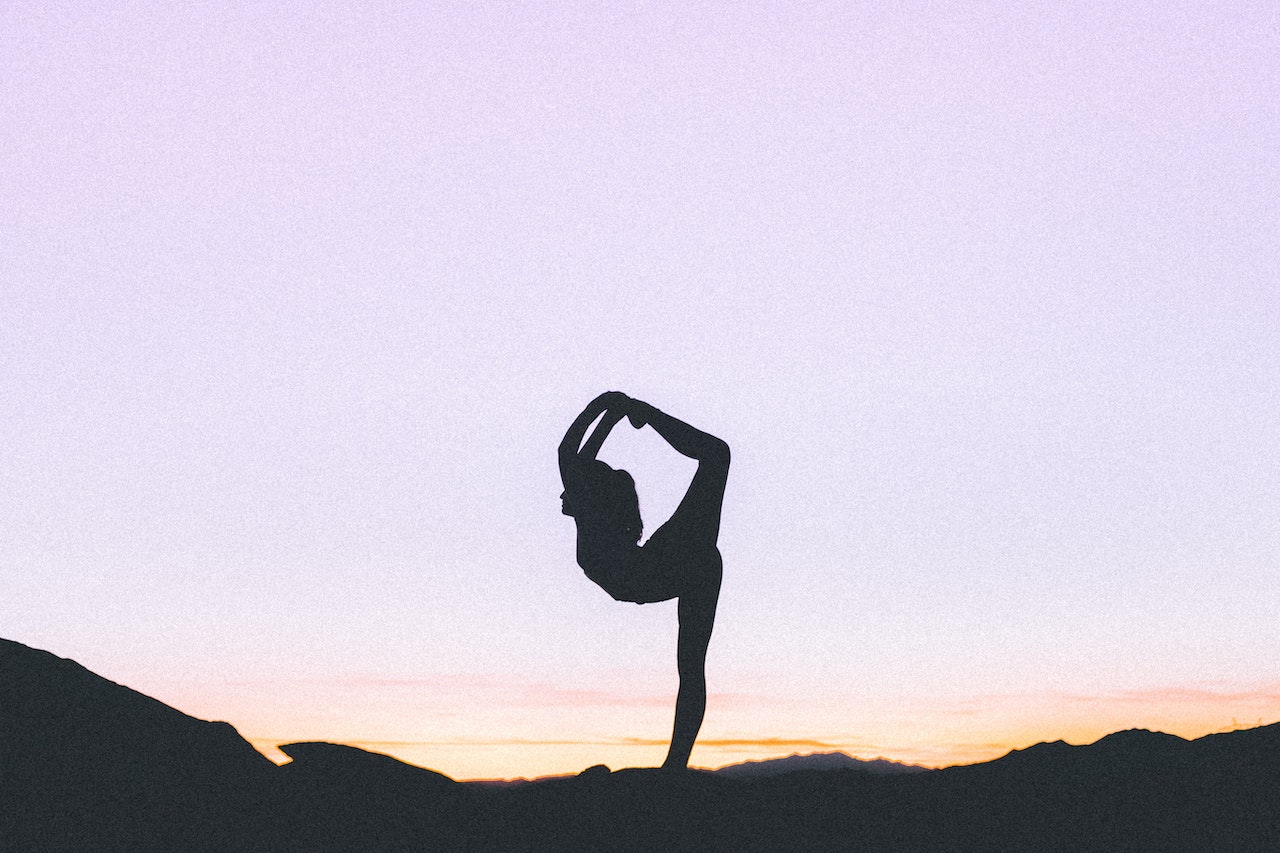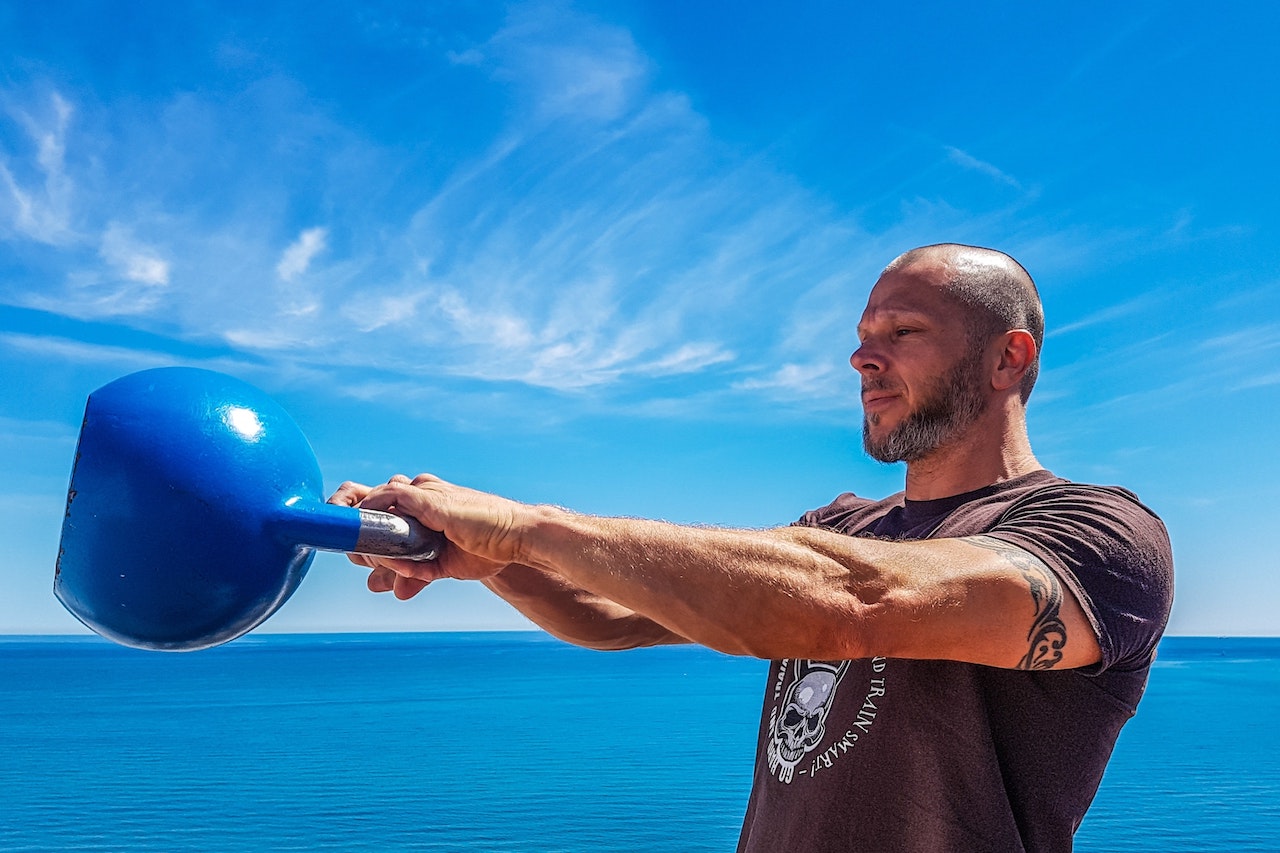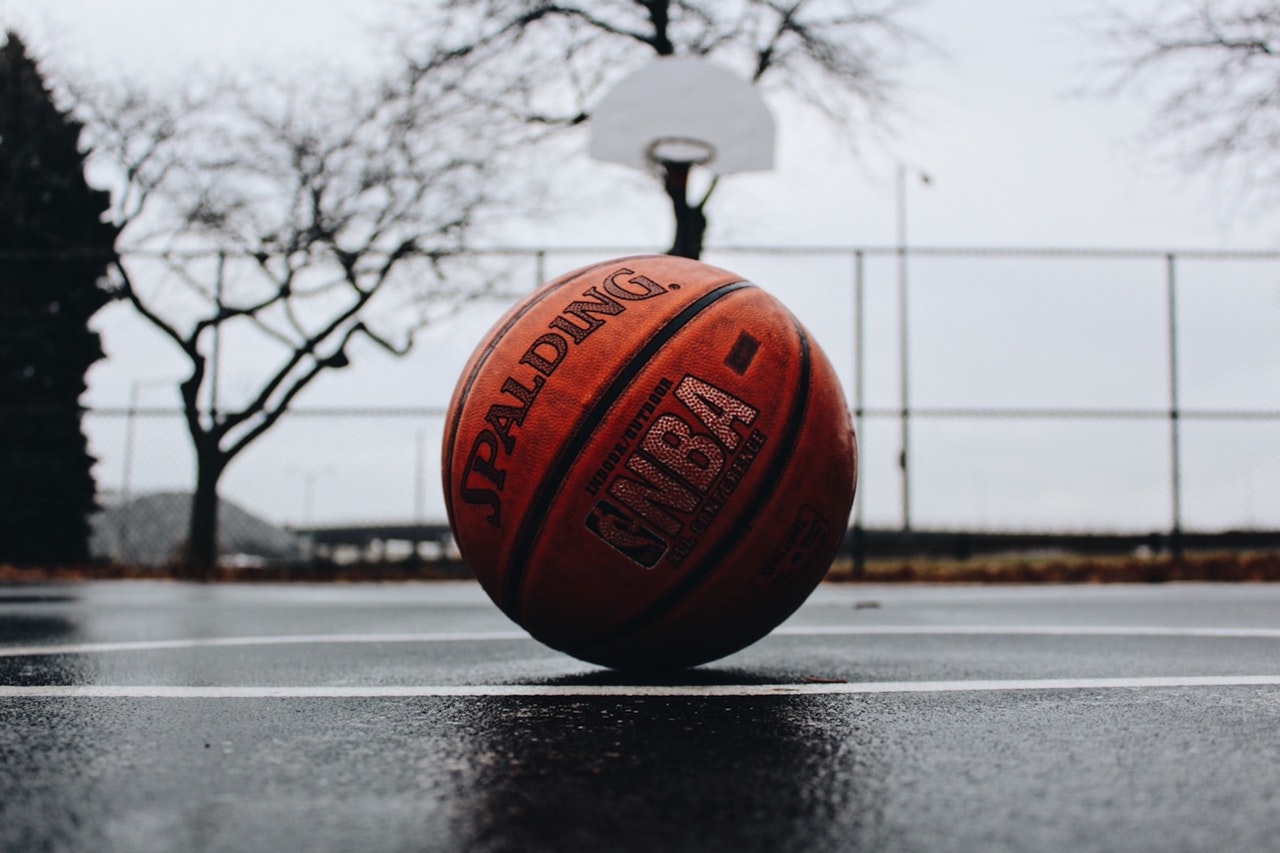Even though we are the most important of all creatures, we have to bow down in the face of the laws of nature's metabolism. Everything has its ups and downs, from the universe to our own bodies, which are subject to the baptism of time. The more vibrant and youthful a life is, the more vibrant and energetic it is in every way. In contrast, the older and weaker an individual is, the more he or she cannot break the spell of time, no matter how hard he or she tries, and ultimately cannot erase the old age left on him or her.

Fitness training is indeed a workout for young and old alike, but one has to admit that young people are more effective than older ones, and this is mainly reflected in the core of their training, which is their muscles. Many people say that there is no such thing as a young or old gym-goer, because no matter what age you are, if you are willing to train, you can definitely strengthen your muscles. However, there are still many differences between strong and strong. So, what is the difference between a young gym-goer's muscles compared to an older gym-goer?
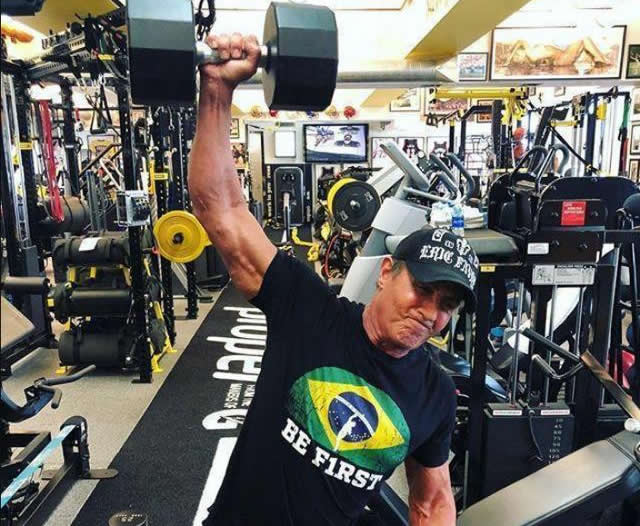
I. Muscle appearance gap
Whether people want to admit it or not, there are a significant number of gym-goers who work out for the purpose of building a good-looking muscular appearance, and there is no shortage of older gym-goers. Naturally, older people who have high expectations of themselves do not neglect the management and pursuit of their bodies. It goes without saying that younger bodybuilders are not their core competency, but it is still a great addition to their overall appearance.
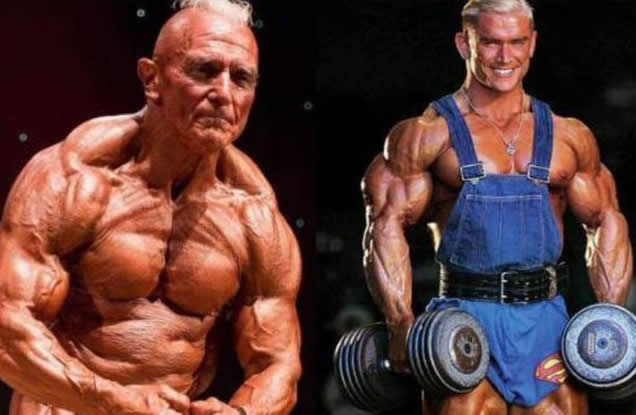
The biggest difference between the muscles of young bodybuilders and those of older bodybuilders lies in their appearance. The muscles of young people are more elastic and the skin covering them is relatively better, so the overall visual state of expression is fuller and more three-dimensional. Obviously, even though older gym-goers are very muscular and even have more actual muscle circumference than younger gym-goers, the overall visual perception is not as good as that of younger people's muscles, both in terms of circumference and layers. This is the gap that comes with age and no matter how much an older gym-goer trains they will never achieve the form they had when they were younger.
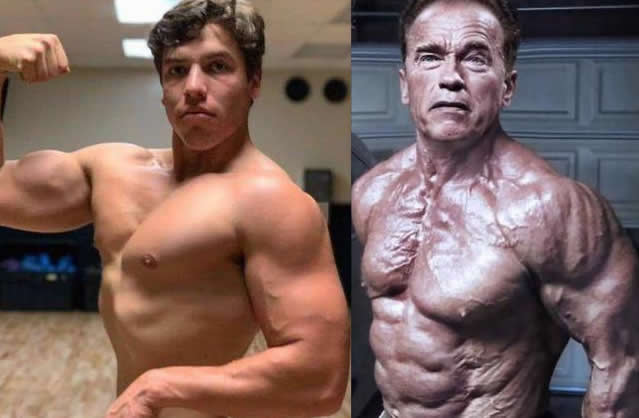
Ii. Muscle strength endurance difference
Many people may think that when muscles at both ages are subjected to the same level of strengthening, they will have the same level of muscle strength and endurance, but this is not the case. When a person reaches the age of 35, muscle loss occurs at a rate of 1% per year, with a concomitant reduction in muscle strength and endurance. Even though older people can effectively compensate for this loss through fitness training, they are fundamentally unable to keep up with younger exercisers. The difference between a young gym-goer who can lift the same weight 5 to 6 times and an older gym-goer who can lift 2 times is probably the limit.
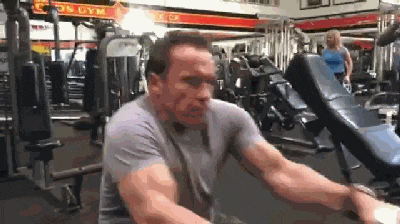
Iii. Muscle growth and recovery
Regardless of the age at which one works out, muscle growth cannot be achieved without one essential element, testosterone. Testosterone is the commander in promoting muscle growth and without it, the rate of muscle growth and the efficiency of recovery after practice will be greatly reduced. Testosterone levels decrease by one to two percent per year as people get older, and young bodybuilders are bound to have higher testosterone levels than older bodybuilders. Therefore, when a young gym-goer trains, his or her muscles grow and recover faster than those of an older gym-goer, and the former's muscles recover and are ready for the next workout, while the latter's muscles may still be in the process of soreness. There is a disparity in the quality of fitness training, the rate of synthesis of new muscle, and the recovery of muscle fibres.
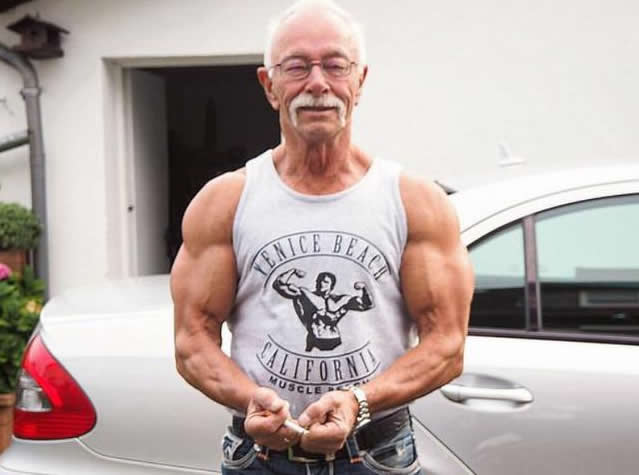
So the question arises, what age is classified as youth fitness? What age belongs to older fitness? The author believes that those in their early to mid 20's are classified as youth fitness and those in their 50's to 60's are classified as older fitness. It is not that older people should not do fitness to build muscles, but that older gym goers' bodies are not as strong as young people's, and the intensity and manner of training needs to be differentiated from younger gym goers, and after these gaps are clarified, one will not train blindly. It is best for the older gym-goer to be able to exercise in a healthy way and still have a sustainable fitness hobby.



